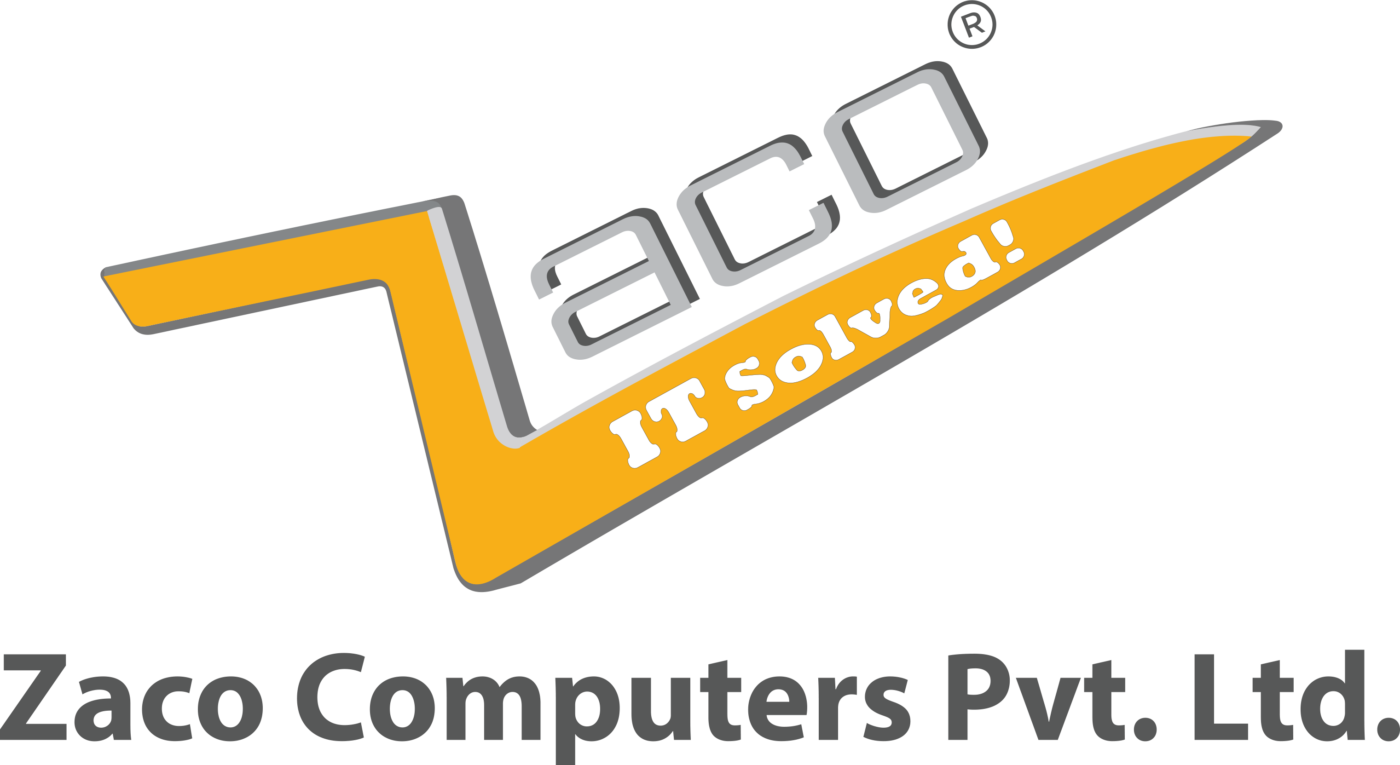In today’s modern digital IT era, we come across many IT decision-makers from good listed companies and small to medium-sized business owners that are always keen on asking questions pertaining to OEM support, SLA IT support, Annual IT Maintenance Contracts and all the jargon and phrases hovering around such topics.
If you’re from an IT background we are sure that you must have heard the same questions like What is SLA Management? or How IT Service Level Agreements really work in real life? or What is OEM Support?
Also, if you’re not from an IT background then don’t worry. We highly recommend going through this article which would provide you with the answers to all the above questions. Our team has tried covering most of them based on real-life interactions with our clientele. So, let’s start right away and get to know more about them in detail below.
What is OEM Support?
OEM, an Original Equipment Manufacturer basically makes components for another company’s end product. Computers and enterprise server manufacturers integrate OEM parts like processors, IT hardware, even software and club them into a suite of IT solutions globally known as OEM support solutions that are offered with the final IT equipment.
Organizations often purchase software service agreements or OEM support solutions to prevent downtime and ensure that when unexpected downtime occurs, the resolution path is clear. This is where OEM support plays a vital role in the process. Along with increased uptime, businesses need reassurance that they have access to fix bugs, patches and all the required updates to their existing IT equipment.
Several companies often fail to learn what OEM support actually is and if the support they want is available for purchase outside the service level agreement (SLA) and if some aspects are included in the purchase price of the software or device that they tend to acquire. This leads to our next question below.
What is SLA Management? | Understanding IT SLA Maintenance Contracts
As per ITIL 4, a Service Level Agreement (SLA) is a document agreed upon between the service provider and a customer that identify both services required and the expected level of service. In simpler terms, an SLA defines what an IT service provider and a customer should expect when contracting for a service or an IT SLA in short.
The support included in IT equipment and software purchases is usually buried in fine print, and OEMs know that few organizations invest the time and resources needed to review each contract thoroughly. Hence, the following are a few of the best practices for SLA that every company must be aware of which will lead to efficient IT SLA management for any organization acquiring or holding IT equipment for their business.
1) Create Separate SLAs for Every IT Service or Support that You Need
As discussed above, SLA is a collection of guarantees a service provider makes to it’s customers. Avoid creating separate SLA for the entire service catalogue and define that all IT service requests will be fulfilled within a specific timeframe like under 5 hours. This ensures that workflow is not disturbed and the service provider has to provide the necessary support as per the defined SLA IT Support.
For example:
Within a day of receiving an approved new user request form, a new user will be created.
On the user’s last day, the terminations will be processed for friendly departures or unfriendly departures.
For an enterprise server, it can be something like within few days, the server will be restored to its working condition along with the necessary updates and upgrades.
2) Do Not Cover all Organization’s Divisions in One Single SLA IT Support
If you provide support for an organization with different locations or divisions, be careful while creating SLAs which cover multiple locations. Different operating units have different support requirements and one SLA will not support each and every location.
For example: If you’re providing technician server support or receiving OEM support, customers might request a response time within 4 hours during their ongoing working hours or sometimes even on holidays. In metropolitan areas, it is easier to satisfy customer needs with a lot of technicians. However, it may be difficult to keep a 4-hour response in rural areas with few technicians.
3) Align IT SLA Agreements with Customer’s Desired Outcome
SLA must be created for desired outcomes of a customer. The watermelon effect is the service metrics which usually appears “green” on the surface indicating everything is on target. However, the “red” part within indicates unsatisfactory services and unhappy people. This results in the service provider meeting the metrics of SLA but fails to support the customer’s real goal.
A traditional SLA uses IT operational metrics such as Telecommunication lines must be up by 99% of the time and these SLAs manage the numbers, but lack context for the customer’s outcomes. Thus, use truthful measurements and metrics in SLAs that reflect the customer’s actual desired outcome.
The best practice hinges on listening to your customer’s needs while creating or modifying SLAs. Including them to be a part of the process can help them understand your service level so you can write your SLA to their needs.
4) Make IT SLAs Measurable
To determine whether SLA IT Support has been accomplished, your service desk must be capable of gathering and presenting necessary metrics. SLAs must represent specific, measurable, achievable, relevant and timely goals. (SMART goals) Let’s take a deep dive into these in detail below.
5) SLA IT Characteristics (SMART)
Specific– Every SLA must be up to the mark, and detailed and should define expectations for service delivery.
Measurable– There must be a way to track performance against the promised SLA IT support. Many service management platforms compare SLA promises and the actual time or other service measurements recorded. It is then difficult to prove SLA performance if basic management tools don’t include the SLA.
Achievable– The service level agreement (SLA) must be realistic and should be able to meet all ends. Unrealistic goals affect the SLA IT support.
Relevant– SLA must be related to the IT service that is delivered and must be relevant to evaluate performance against the goal.
Timely– SLA must contain a time frame against the service to be delivered. The service provider should be able to gather data about SLA performance and report on the same.
6) Review SLAs Periodically
SLAs are crucial documents that outline the agreements between a supplier and a customer. It defines the standard and service levels of the service in detail. These are often referred to as Service Level Agreements or Service Level Objectives and we highly recommend reading them before you accept any service. We often come across clients who do not review their crucial SLA IT support documents. As per the ITIL Continual Service Improvement core area, SLAs should be reviewed and updated whenever there are proposed changes to the corresponding service. Minor objectives such as service hours, availability, uptime, completion and response time must also be adjusted in the SLA.
Companies who fail to review and adjust their service level agreements or SLAs at times of IT service improvement may no longer meet their service level targets. This result could be a customer loss or penalties from the corresponding SLA non-compliance depending on the contract.
7) Ensure SLAs Account for the Usual and Unusual Exceptions Too
Along with mentioning where an SLA is applied, it’s important to define where it does not apply. A transparent contract should be made between the service provider and the customer covering all the services in detail. Once the IT SLA is in place the customer or agency must ensure to go for third-party maintenance services for those sections which are not covered under OEM support directly.
Conclusion
Having the right IT support is important in today’s fast-paced world. If you are still unsure about the IT support included in your agreement or you want to know more about what is IT service management exactly, we suggest you contact a knowledgeable, experienced support expert who can evaluate your support needs and provide you with the best-fit SLA IT recommendations.
At Zaco, our experienced consultants will guide you in choosing the correct IT service level agreement or third-party maintenance contracts as per your budget and business requirements. In case you have any queries for OEM support, please contact us and we will provide the best possible resolution for all your IT problems.

